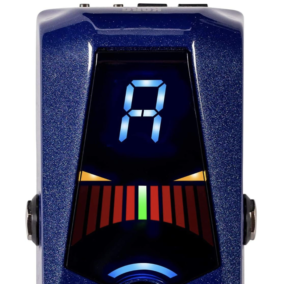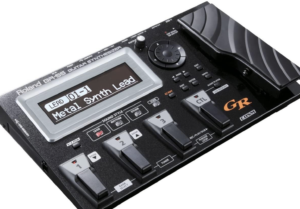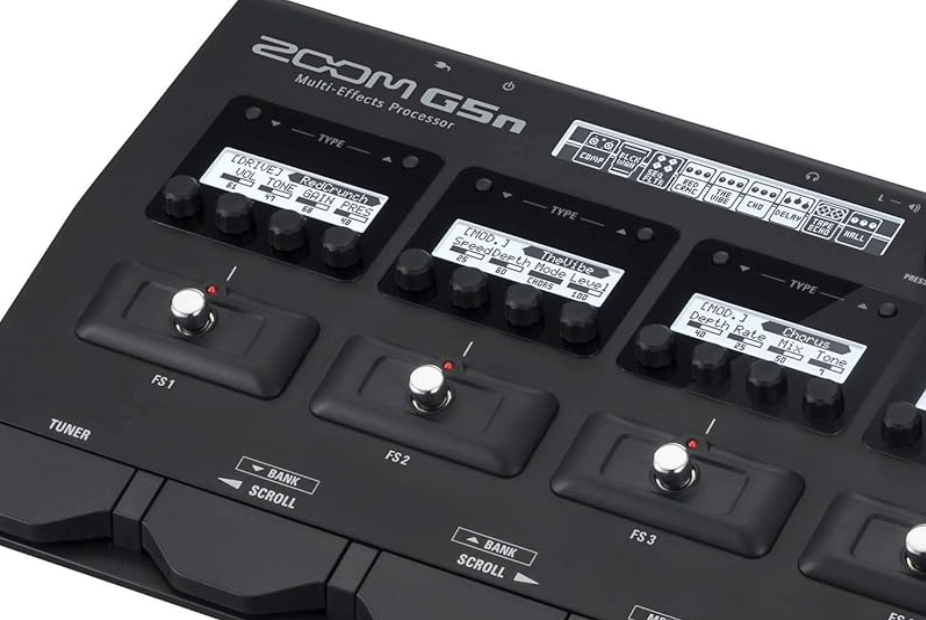Whether you’re a beginner strumming your first chords or a seasoned player perfecting your advanced techniques, the right gear and playing strategies can improve your guitar journey. In this article, we’ll explore essential gear for guitarists, practical tips, and techniques that can transform your sound and playing experience. Along the way, we’ll reference some great resources from Play Guitar Review to help you find the best gear and unlock your full potential as a guitarist.
1. Mastering Guitar Techniques
 A key part of becoming a better guitarist is refining your technique. Whether you’re focusing on intricate fingerpicking, aggressive strumming, or clean lead work, it’s essential to diversify your skills. Start by improving fundamental techniques such as palm muting and guitar tapping. Mastering these styles allows you to create depth and dynamics in your playing.
A key part of becoming a better guitarist is refining your technique. Whether you’re focusing on intricate fingerpicking, aggressive strumming, or clean lead work, it’s essential to diversify your skills. Start by improving fundamental techniques such as palm muting and guitar tapping. Mastering these styles allows you to create depth and dynamics in your playing.
If you’re aiming to enhance your lead guitar chops, it’s worth learning more advanced techniques like bending and arpeggios. These skills can help you stand out and add expressiveness to your solos. For those who are just starting, the guitar chords basics guide is a solid resource to ensure your foundation is strong.
2. Finding the Right Gear for Guitarists
Your sound is as much about your technique as it is about the gear you use. Whether you’re hunting for the perfect electric, acoustic, or hybrid guitar, Play Guitar Review offers comprehensive reviews to guide your decision.
Electric Guitar Players: For shredders and rock aficionados, the Fender Strat Journeyman Relic delivers classic tones with a vintage feel, while the PRS Paul’s Guitar 10-Top offers a blend of modern precision and tonal versatility. If you’re into heavier genres, the Ibanez Joe Satriani Signature JS1CR might just be your dream guitar.
Acoustic Enthusiasts: If you lean more toward the acoustic side, you can explore guitars like the Martin J-40 or the more travel-friendly Taylor GS Mini. These guitars offer rich, resonant tones perfect for unplugged sessions or recording in the studio.
Hybrid & Unique Options: For something out of the ordinary, consider the Enya Nova Go SP1, which features a carbon fiber body and combines both acoustic and electric capabilities for versatile play.
3. Pedals and Effects: Shaping Your Signature Sound
 Pedals are an integral part of shaping your guitar’s tone, especially for electric guitarists. A carefully curated pedalboard can take your sound to the next level, allowing you to create effects that range from subtle ambiance to explosive solos.
Pedals are an integral part of shaping your guitar’s tone, especially for electric guitarists. A carefully curated pedalboard can take your sound to the next level, allowing you to create effects that range from subtle ambiance to explosive solos.
Multi-effects Pedals: If you’re looking for a one-stop solution, multi-effects pedals like the Zoom G5n and the Mooer GE100 provide a wide range of sounds, all in one device. These pedals are perfect for guitarists who need versatility on stage or in the studio without sacrificing sound quality.
Specialty Pedals: For those looking for more focused effects, the MXR Carbon Copy is a fantastic delay pedal that adds depth to your solos. Looper pedals like the Boss RC-505MKII are invaluable for practice, live looping, and creating layered soundscapes.
If you’re unsure which pedal to invest in, check out the best looper pedals for guitar or dive into more specialized pedals like octave and flanger effects.
4. Choosing the Right Gear for Guitarists
Beyond guitars and pedals, selecting the right accessories plays a significant role in your overall experience. A high-quality tuner, for instance, is essential for keeping your instrument in perfect pitch. Models like the TC Electronic PolyTune 3 are top-notch options that ensure quick, accurate tuning.
Another often-overlooked element is comfort. Whether you’re practicing for long hours or performing on stage, finding the best guitar chair can make a significant difference in your playing comfort and posture.
5. Customizing Your Sound: Pickups, Strings, and More
 Sometimes, the easiest way to refresh your tone is by changing your pickups or strings. If you’re curious about upgrading your electric guitar’s pickups, explore 10 Best Electric Guitar Pickups, which includes everything from humbuckers to single-coils.
Sometimes, the easiest way to refresh your tone is by changing your pickups or strings. If you’re curious about upgrading your electric guitar’s pickups, explore 10 Best Electric Guitar Pickups, which includes everything from humbuckers to single-coils.
Additionally, choosing the right strings is vital to nailing the feel and sound of your guitar. Check out the 12 Best Electric Guitar Strings and 7 Best Acoustic Guitar Strings for recommendations on tone, playability, and longevity.
6. Enhancing Your Practice Routine
As a guitarist, progress comes down to regular, intentional practice. You don’t need hours a day—just consistent time focusing on specific skills. Try structuring your sessions around both rhythm and lead techniques. For example, practice strumming patterns, incorporate chord progressions, and end with some guitar tapping exercises.
To boost your routine, add a looper pedal like the Digitech JamMan into the mix. Looper pedals allow you to practice layering rhythms and solos, making your sessions more dynamic and engaging.
Conclusion
Your journey as a guitarist is defined by both the skills you develop and the gear you choose. By mastering fundamental techniques, investing in quality gear, and refining your practice routines, you can unlock new levels of creativity and performance. Be sure to explore the reviews and guides available on Play Guitar Review to find the perfect gear and tips tailored to your needs. Happy playing!
